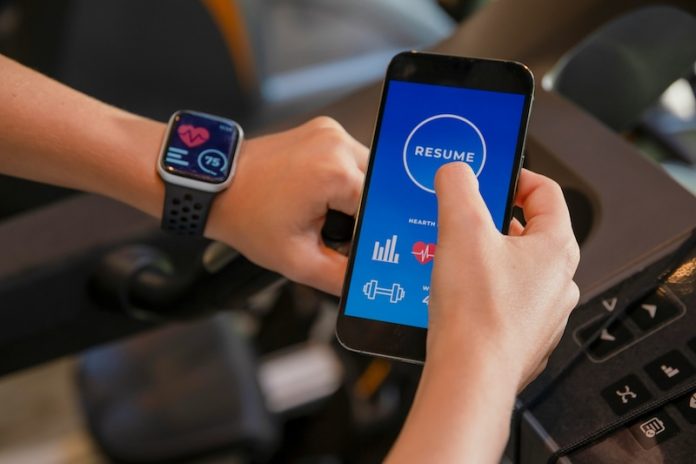
A new study suggests that your smartwatch could do more than just count your steps or track your heart rate—it might help assess your heart health in a simple and powerful way.
Researchers from Northwestern University have developed a new health measure using smartwatch data that could help identify people at risk of heart problems.
The study, presented at the American College of Cardiology’s Annual Scientific Session (ACC.25), introduces a metric called daily heart rate per step (DHRPS), which combines two common smartwatch measurements: your average daily heart rate and your total steps per day.
To calculate this, you simply divide your average heart rate by the number of steps you take in a day. The result appears to provide more useful information about your heart fitness than heart rate or step count alone.
Zhanlin Chen, a medical student and the study’s lead author, explained why this new metric matters. “It looks at how your heart responds to movement, not just how much you move. That gives us a clearer picture of how your heart adjusts to everyday activity, which could help spot problems early,” Chen said.
Heart disease is the number one cause of death in the United States. Although tests exist to detect early signs of heart trouble, many people skip them. That’s why finding easier, more accessible ways to track heart health could make a big difference—especially if it uses devices many people already wear every day.
For this study, researchers looked at data from nearly 7,000 adults who shared their Fitbit activity records and health records through the All of Us research program, a large health study supported by the National Institutes of Health. In total, the team analyzed data covering 5.8 million days and 51 billion steps.
They found that people with a higher DHRPS (those in the top 25%) were:
- 2 times more likely to have Type 2 diabetes
- 1.7 times more likely to have heart failure
- 1.6 times more likely to have high blood pressure
- 1.4 times more likely to have coronary atherosclerosis (a buildup of plaque in the heart’s arteries)
Interestingly, the study found no link between DHRPS and the risk of stroke or heart attack.
What made DHRPS especially useful was that it predicted heart-related conditions better than just using heart rate or step count alone. The team also tested it in a smaller group of people using treadmill stress tests and found that DHRPS was more closely linked to how well their heart performed during exercise, compared to the usual smartwatch data.
Chen believes that this new metric could help identify people who may benefit from more in-depth testing or heart-strengthening exercises. Better yet, it’s something people could easily check themselves using their smartwatch data—or even with a new app in the future.
Still, the research is just beginning. This study was a snapshot in time and didn’t track whether the health problems appeared before or after the Fitbit data was collected. The researchers want to conduct more detailed, long-term studies to see how DHRPS changes over time and whether it can truly predict future heart disease.
Chen and his team believe that with further testing and refinement, this type of data could be added to the usual ways doctors check for heart problems.
“Wearables give us minute-by-minute data on heart function throughout the day,” Chen said. “That’s a huge opportunity to understand health in real time—we’re only beginning to tap into that potential.”
Review and Analysis
This study introduces a promising and easy-to-understand way to monitor heart health using data from devices many people already own. By combining two common fitness metrics—heart rate and step count—into a single number, researchers may have found a better way to detect early signs of poor cardiovascular health.
The DHRPS measure appears to reflect how hard the heart is working in relation to physical activity. A higher DHRPS might mean that the heart is under more stress than it should be during normal activity, which could be an early warning sign of health problems.
The fact that this metric can be calculated with simple data from a smartwatch makes it accessible and potentially very useful. However, it’s important to note that this research is still in early stages. It shows an association, not cause and effect. We’ll need more studies to confirm its accuracy and usefulness over time.
Still, the findings suggest a future where everyday wearables could play a bigger role in preventing disease—possibly giving people the heads-up they need before more serious problems develop.
If you care about heart health, please read studies that yogurt may help lower the death risks in heart disease, and coconut sugar could help reduce artery stiffness.
For more information about health, please see recent studies that Vitamin D deficiency can increase heart disease risk, and results showing vitamin B6 linked to lower death risk in heart disease.
Copyright © 2025 Knowridge Science Report. All rights reserved.



